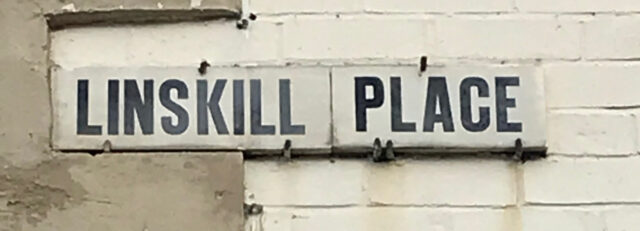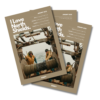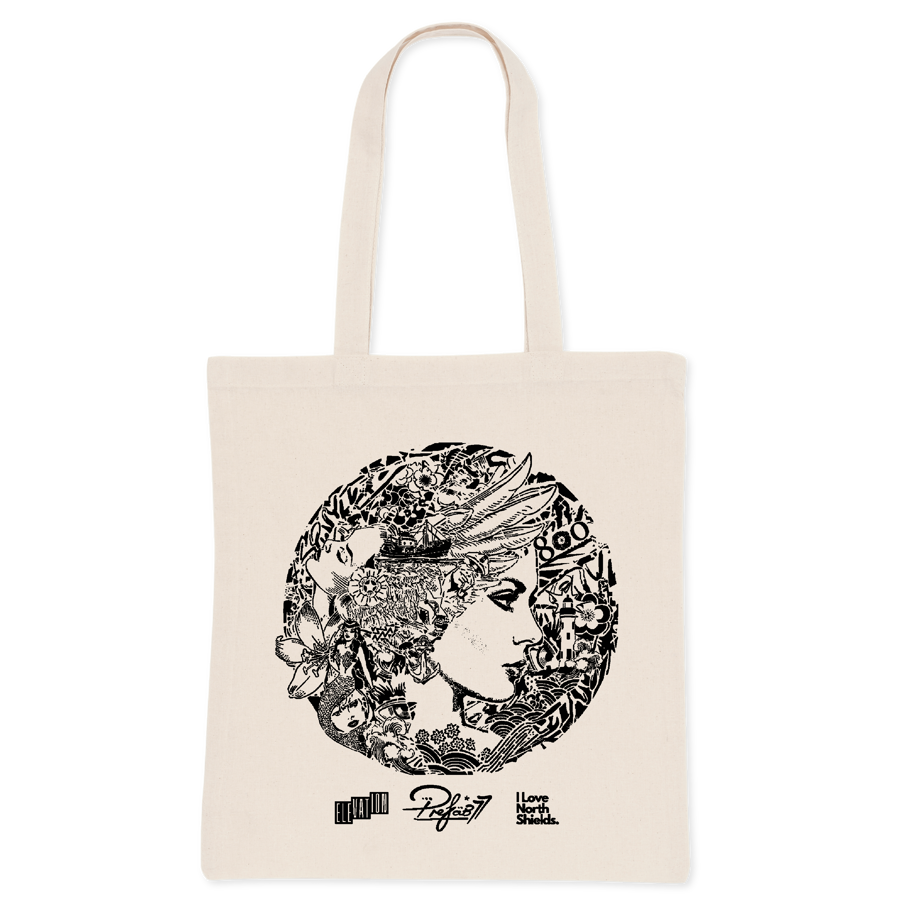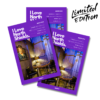By Rachel Chapman
Linskill is a well-known name in North Shields. Streets have the name and many townspeople were pupils of the former Linskill School, now a thriving community hub.
So where does this name come from?
The Linskills were Whitby Quakers, involved in shipping, who came to North Shields in the mid-18th century when the town was booming. For three generations they worked hard to improve the town’s economic and social life.
The first to arrive was William Linskill (1726-1783) in 1754. He married Jane, the daughter of another Whitby Quaker, Anthony Pearson, son of a wealthy ship owner and rope maker.
When Anthony Pearson died in 1769, William inherited his North Shields rope works and other properties. William and Jane moved into the “Summer House” on Pearson’s estate, later moving to Lawsons House in Chirton.
One of their five sons was William junior (1766 – 1845), who later became Colonel William Linskill. William junior demolished the “Summer House” and built Tynemouth Lodge in 1790, a mansion with a long drive and iron gates.
He was the first President of the North Shields Dispensary which gave medical aid to the poor, inoculated children and supported many patients.
In 1794 he raised the North Shields and Tynemouth Volunteer Corps to defend the town in the event of a French invasion.
He became High Sheriff of Northumberland and led a great social life, giving balls at the Lodge. Close to key Northumberland families, he made numerous visits to the Duke at Alnwick Castle.
He campaigned unsuccessfully for a chain suspension bridge linking North and South Shields.
In 1827 the Linskill Ropery was sold and he and his wife moved to Nottinghamshire.
Colonel Linskill’s son, another William (1807‒1901), later became Captain William Linskill and the first Mayor of Tynemouth County Borough.
Born in Tynemouth Lodge and educated at Harrow, he led the life of a wealthy young man, hunting with Lambton Hounds and was a part owner of the Lady Jane, the best known of the Tyneside whaling ships.
Aged 19, he enlisted in the 28th Regiment of Foot becoming Captain in the 5th Dragoon Guards before retiring in 1836.
He then led a group of ‘River Reformers’ fighting to take management of the River Tyne from Newcastle and in 1848 helped to achieve an independent Customs House at North Shields. He was also a leader in the fight for the incorporation of Tynemouth Borough which succeeded in 1849, when he was became chief magistrate.
Banners were flown in Shields saying ‘Linskill – Emancipator of the Tyne’.
The Linskills sold the family estate in 1857 and bought the Morwick Estate near Alnwick, later moving to Cambridge.
In 1881, St Augustin’s Church was built on a site given by him and in 1885 he made land available for the creation of Northumberland Park.
In 1889 William became the first Honorary Freeman of the Borough for his untiring exertions to promote prosperity and his role in the successful struggle for the emancipation of the River Tyne.
Local historian Mike Coates has researched the Linskill family, along with others who helped to shape the town. His book, ‘North Shields Inspirational Folk’, available at the Old Low Light Heritage Centre has informed this article.

































